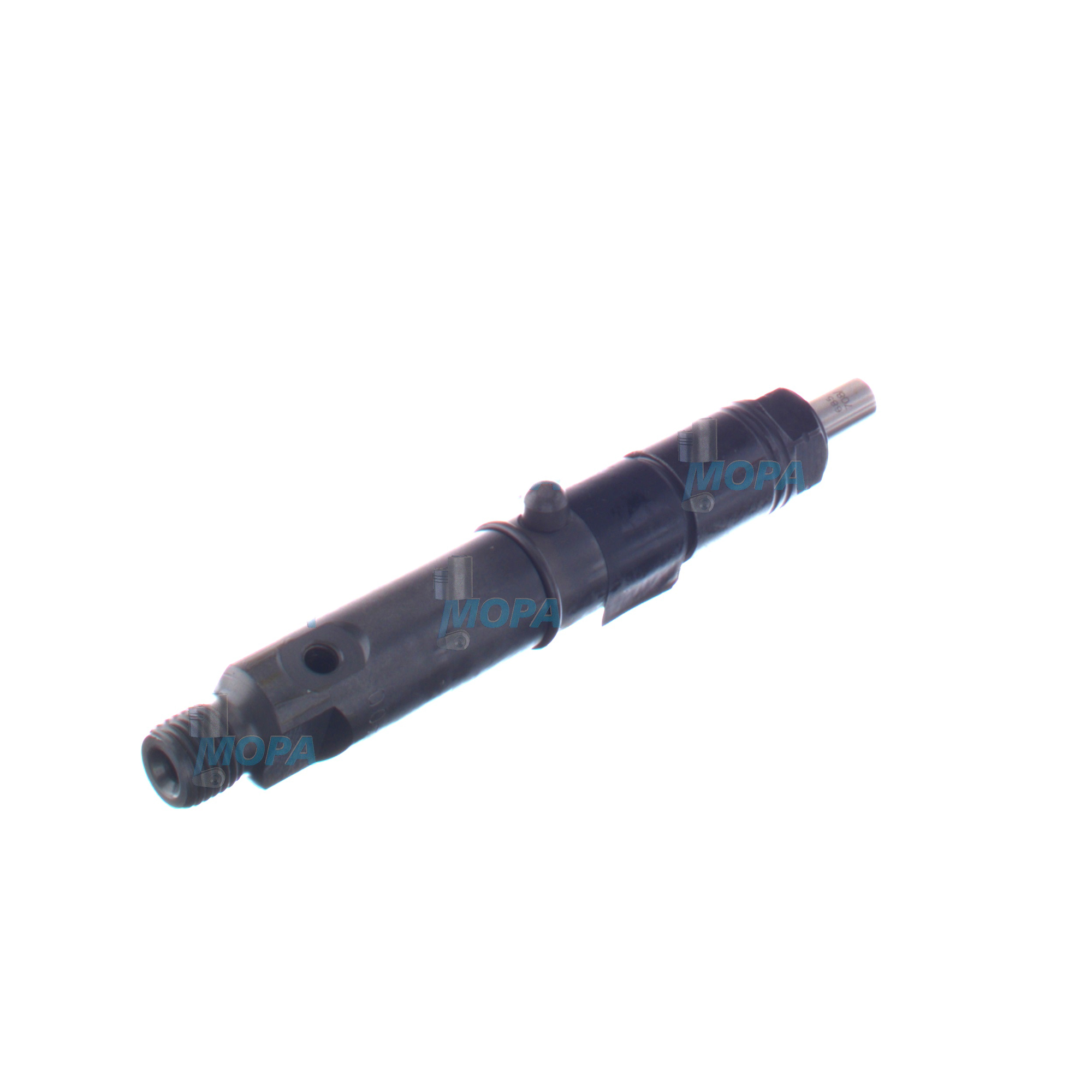FUEL INJECTOR Injection Components for Demanding Diesel and Gas Engines
Injection components are precision assemblies that meter, pressurize, and deliver fuel to the combustion chamber at exactly the right moment and quantity. They include the high‑pressure pump, common rail or unit system, lines, control valves, nozzles, and the FUEL INJECTOR itself. In marine engine rooms, power plants, and heavy‑duty fleets, these components are vital to clean combustion, stable output, and predictable operating costs. Without accurate injection, even the most advanced engine hardware cannot achieve its design efficiency, emissions targets, or service life.
Technical function: FUEL INJECTOR injection components in a diesel engine and marine engine
At the heart of any modern compression‑ignition platform is a high‑pressure circuit—often 1,600 to 2,500 bar in common‑rail systems—feeding each FUEL INJECTOR. Within milliseconds, the injector must open and close multiple times per cycle to deliver pilot, main, and post injections. Micromachined orifices, DLC‑coated needles, and fast solenoid or piezo actuators shape the spray pattern, droplet size, and penetration so that fuel mixes homogeneously with air. The result is higher indicated efficiency, lower specific fuel oil consumption (SFOC), controlled cylinder temperatures, and reduced soot and NOx.
In a marine engine, precise injection stabilizes large‑bore combustion across cylinders, protecting exhaust valves and turbochargers from thermal overload. In a gas or dual‑fuel engine, injection components coordinate pilot fuel quantity to initiate reliable ignition and prevent knock. Across all duty cycles—maneuvering, hoteling, or base‑load generation—well‑matched FUEL INJECTOR OEM parts keep combustion consistent, minimize smoke during transients, and support compliance with emissions limits.
- · High‑precision metering at extreme pressures.
- · Optimized spray geometry for complete combustion.
- · Fast response actuators for multi‑event injection.
- · Wear‑resistant materials and surface coatings.
- · Tight leakage control for stable rail pressure.
- · Cylinder‑to‑cylinder flow matching.
- · Compatibility with engine ECU calibration codes.
- · Robust sealing against heat, vibration, and fuel contaminants.
Importance for engine operation: why injection components matter
Injection components directly determine reliability and service life. As nozzles erode or stick, atomization degrades, leading to larger droplets, poor mixing, and higher soot. This cascades into fouled turbo machinery, clogged DPF/SCR systems, elevated exhaust temperatures, and increased lube oil dilution. Excess leak‑back reduces rail pressure, causing hard starts, misfires, or de‑rated power. On gas and dual‑fuel units, unstable pilot injection can trigger detonation or backfire, risking serious hardware damage.
Wear sources include abrasive particles, water contamination, low lubricity fuels, and thermal cycling. That is why correct filtration (2–5 μm final stage), fuel conditioning (water separation, monitored HFRR), and scheduled calibration are essential. Balanced sets of injectors, verified return‑flow rates, and correct nozzle codes maintain cylinder‑to‑cylinder uniformity—critical in large engines where imbalances magnify crankshaft torsion, bearing loads, and vibration. In short: healthy injection components safeguard uptime, fuel economy, and safety at sea or on site.
Advantages of OEM spare parts suitable for injection components
Selecting OEM spare parts suitable for FUEL INJECTOR systems preserves the engineering intent of the engine. These parts are built to the exact metallurgy, heat treatment, and micro‑finish specified for high‑pressure duty. Critical tolerances—needle‑to‑seat clearances, orifice concentricity, solenoid lift, piezo stack expansion—are held within microns, preventing drift in injection quantity (mm³/stroke) and timing (crank angle degrees). Matching codes and flow classes ensure each cylinder receives the intended delivery, keeping emissions and power balanced without costly re‑mapping.
From a budget perspective, the benefit is measured over the whole lifecycle: lower SFOC from correct spray quality, fewer unplanned stoppages, extended service intervals for exhaust aftertreatment, and reduced risk of secondary damage to pistons, liners, and turbochargers. Traceability and batch documentation shorten troubleshooting, while ready‑to‑fit kits (nozzles, seal sets, control valves) minimize dock time. For operators, OEM spare parts suitable for injection components deliver predictable performance, repeatable maintenance outcomes, and stable total cost of ownership.
FUEL INJECTOR OEM parts: MOPA as your partner for injection components
MOPA supplies OEM spare parts for injection components with a focus on speed, quality, and security in trade for diesel and gas engines. Our team cross‑references part numbers, nozzle codes, and injector classes to the correct applications, helping purchasers avoid mismatches that compromise combustion or force recalibration. We source quickly from a proven network, consolidate shipments, and provide secure packaging tailored for sensitive high‑pressure equipment.
For shipowners and power operators, MOPA enables fast turnaround—often same‑day dispatch for stocked items—so dry‑dock windows and port calls are utilized efficiently. Quality control, documentation, and transparent logistics reduce risk from order to installation. Whether you need a single FUEL INJECTOR for a marine engine on short notice or a complete overhaul set of injection components, MOPA delivers the OEM parts you need, when you need them.
Conclusion: Injection components and FUEL INJECTOR performance
Injection components define how efficiently and safely an engine converts fuel into power. Keeping each FUEL INJECTOR and its supporting hardware in specification protects performance, emissions, and uptime. OEM spare parts suitable for injection components help you achieve consistent results over the full lifecycle—saving fuel, reducing risk, and extending the service life of your diesel and gas engines.







